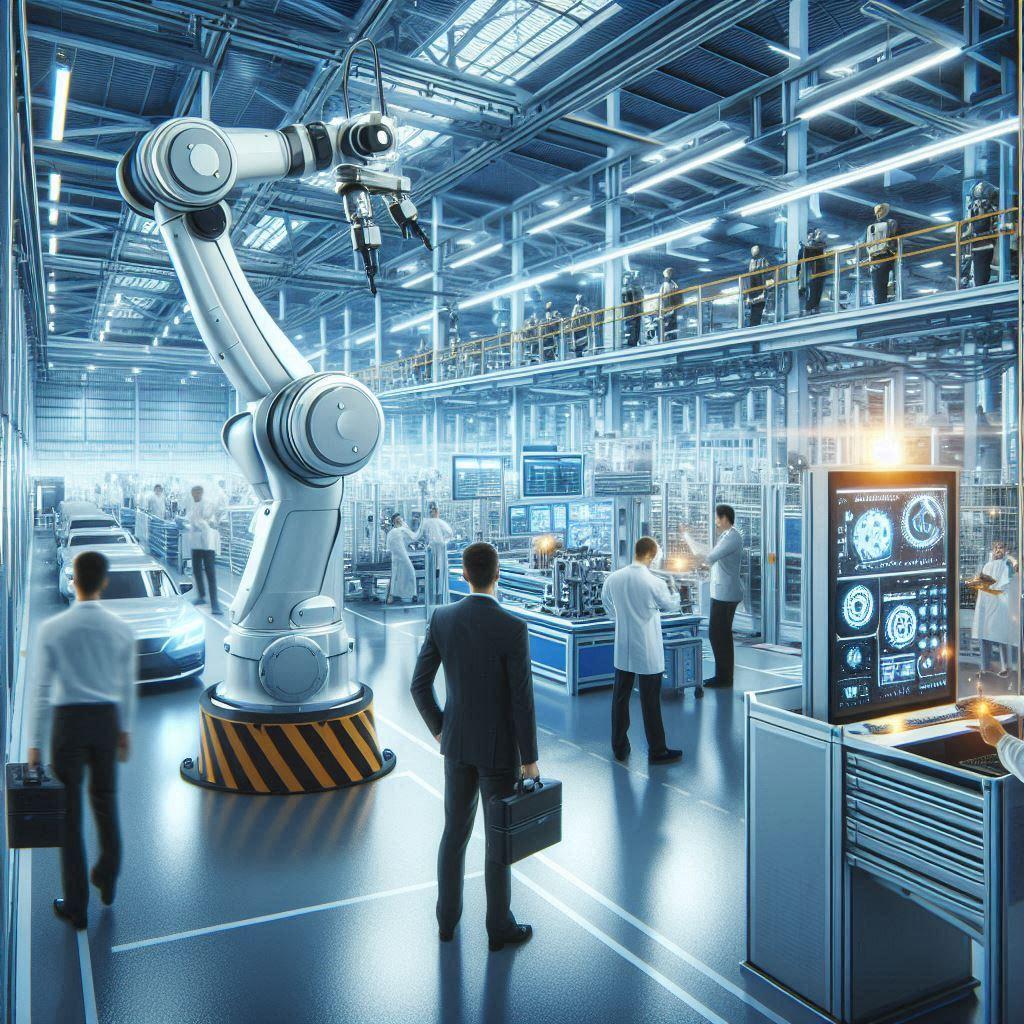
Discover how in vivo 3D printing using ultrasound and bio-inks is revolutionizing medicine. From wound healing to drug delivery, explore how sound-driven biofabrication is shaping the future of healthcare and regenerative treatments.
Sound Waves, Precision, and the Future of Healthcare
? The Dawn of Sound-Driven Biofabrication
Imagine a world where a surgeon doesn’t cut, stitch, or implant—but instead, prints. Not in a lab, not in a sterile manufacturing room, but directly inside the body. Sounds like science fiction? It’s not. It’s the emerging reality of in vivo bioprinting—where focused sound waves and biocompatible materials converge to heal, rebuild, and regenerate tissue from the inside out.
3D printing has already revolutionized prosthetics, orthopedic implants, and dental devices. But this new chapter rewrites the rulebook altogether. Through the fusion of acoustic engineering and biofabrication, scientists are experimenting with techniques that allow living tissues, smart drug systems, and regenerative scaffolds to be built directly inside the human body, with sound, not scalpels.
This is more than an upgrade in tools. It’s a philosophical shift in medicine: from intervention to integration, from mass-produced to made-to-order, from reactive to regenerative.
? How Ultrasound-Driven Bioprinting Works
At the heart of this breakthrough is acoustophoresis, using sound waves to move and manipulate tiny objects. Unlike traditional 3D printing, which relies on mechanical extrusion, thermal fusing, or light-curing resins, ultrasound bioprinting leverages invisible sound fields to position biological materials with stunning precision.
Here’s how it works in a clinical context:
- Focused ultrasound beams act like invisible tweezers, guiding cells, gels, and microparticles without physical contact.
- Microbubbles, introduced into the body beforehand, help create spatial patterns for building tissue scaffolds.
- Bio-inks, loaded with living cells or active compounds, are acoustically “pushed” into the desired configuration inside soft tissue.
One of the most significant advantages? It’s non-invasive. Sound waves pass through soft tissue with minimal disruption, allowing fabrication within the body, without cutting open the patient.
More than just futuristic flair, this approach enables structures to form in previously inaccessible or delicate areas, like internal wounds, vascular systems, or near-critical organs.
? Current Applications Reshaping Modern Medicine
In vivo bioprinting is no longer just a lab-bound theory. Recent research and clinical prototypes are already demonstrating their potential in real-world scenarios. Here’s what’s already underway:
✅ Wound Healing Reimagined
Instead of applying topical dressings, researchers are experimenting with printing hydrogel-based bandages directly onto tissue. These custom bio-inks conform to the wound’s shape, promote regeneration, and reduce infection risks—all without sutures or adhesives.
✅ Targeted Drug Delivery Implants
Imagine a device that prints a biodegradable reservoir next to a tumor site, releasing chemotherapy at optimal intervals. That’s not fantasy—it’s the core idea behind acoustic-printed drug delivery microdevices, which could revolutionize treatment timing and dosage accuracy.
✅ Regenerative Scaffolds
Soft-tissue injuries, such as torn ligaments or internal ulcers, may soon be treated using printed scaffolds that encourage natural cell growth. These structures dissolve over time, leaving behind fully regenerated tissue tailored to the patient’s anatomy.
In each case, the biological integration is more seamless because the materials are deposited in real-time, inside living systems, and shaped by the body’s own contours and conditions.
? Challenges & Innovations Driving the Field Forward
Naturally, this technology faces hurdles. Printing inside the human body is no small feat. Yet it is precisely these challenges that are fueling some of the most exciting interdisciplinary breakthroughs.
⚡ Bio-Ink Compatibility and Engineering
The ink must be both acoustically manipulable and biologically safe. It must flow easily under sound pressure, yet remain stable once deposited. Materials like gelatin methacrylate (GelMA) and decellularized extracellular matrix (dECM) are at the forefront, but custom formulations will be key.
⚡ Ultrasound Precision and AI Optimization
The manipulation of sound waves at cellular resolutions requires intelligent control. Researchers are now developing AI-guided ultrasound algorithms that dynamically adjust sound fields to ensure pinpoint accuracy, especially in complex, moving biological environments.
⚡ Regulatory and Ethical Frameworks
In vivo printing blurs the line between device, drug, and surgical procedure. Regulatory agencies must craft new approval pathways, ensuring patient safety without stifling innovation. Ethical questions about bodily autonomy, real-time manipulation, and the permanence of printed materials also loom large.
Despite these barriers, the momentum is clear: what was once a niche research topic is now attracting interest from biotech startups, government labs, and major healthcare institutions.
? What This Means for the Future of Medicine
As this technology matures, we could witness a transformation in both how medicine is practiced and what it means to heal.
- Surgery Without Scalpels: Internal hemorrhages, ulcers, or organ damage could be repaired via printed patches instead of risky open surgeries.
- Tissue on Demand: Instead of waiting for organ donations or prosthetic fittings, patients could receive bespoke regenerative treatments in a single appointment.
- Bio-Integrated Implants: Devices printed in vivo can adapt, dissolve, or morph with the body, reducing rejection rates and eliminating removal procedures.
This isn’t just disruptive; it’s evolutionary. Healthcare systems could shift toward proactive regeneration rather than reactive repair. And for patients, the experience becomes less invasive, more personalized, and radically more effective.
? Implications for the 3D Printing Industry
The ripple effect of in vivo printing extends far beyond the operating room. It’s a wake-up call for the entire 3D printing ecosystem—hardware manufacturers, material scientists, software developers, and medical technologists.
- Printer Innovation: The next wave of printers may not sit on a desktop—they may be hand-held, portable, or even robotic-assisted ultrasound units.
- Material Development: The demand for smart, safe, and tunable bio-inks is skyrocketing. Materials companies that invest here stand to lead a billion-dollar market.
- Cross-Industry Collaboration: Medical printing is becoming a convergence field, requiring input from acoustics, fluid mechanics, regenerative biology, and AI.
For pioneers in desktop 3D printing, this is a cue to look beyond the nozzle. The future may lie in remote, contactless, or even in-body fabrication—areas ripe for development, partnerships, and breakthroughs.
? A Call to Action for 3D Printing Visionaries
To those passionate about pushing the limits of what 3D printing can achieve, the horizon has never been broader. In vivo bioprinting is not just a medical advancement—it’s a new canvas for creation.
- For engineers, this means rethinking fabrication platforms not just for precision, but for biological harmony.
- For researchers, it’s a call to collaborate with biologists, AI specialists, and clinicians in designing smarter solutions.
- For innovators like Kevin and the readers of 3D Printing by Kevin, this is the perfect storm of opportunity, purpose, and technological wonder.
The ability to print life itself, where it’s needed most, could be the defining legacy of additive manufacturing in the 21st century.


